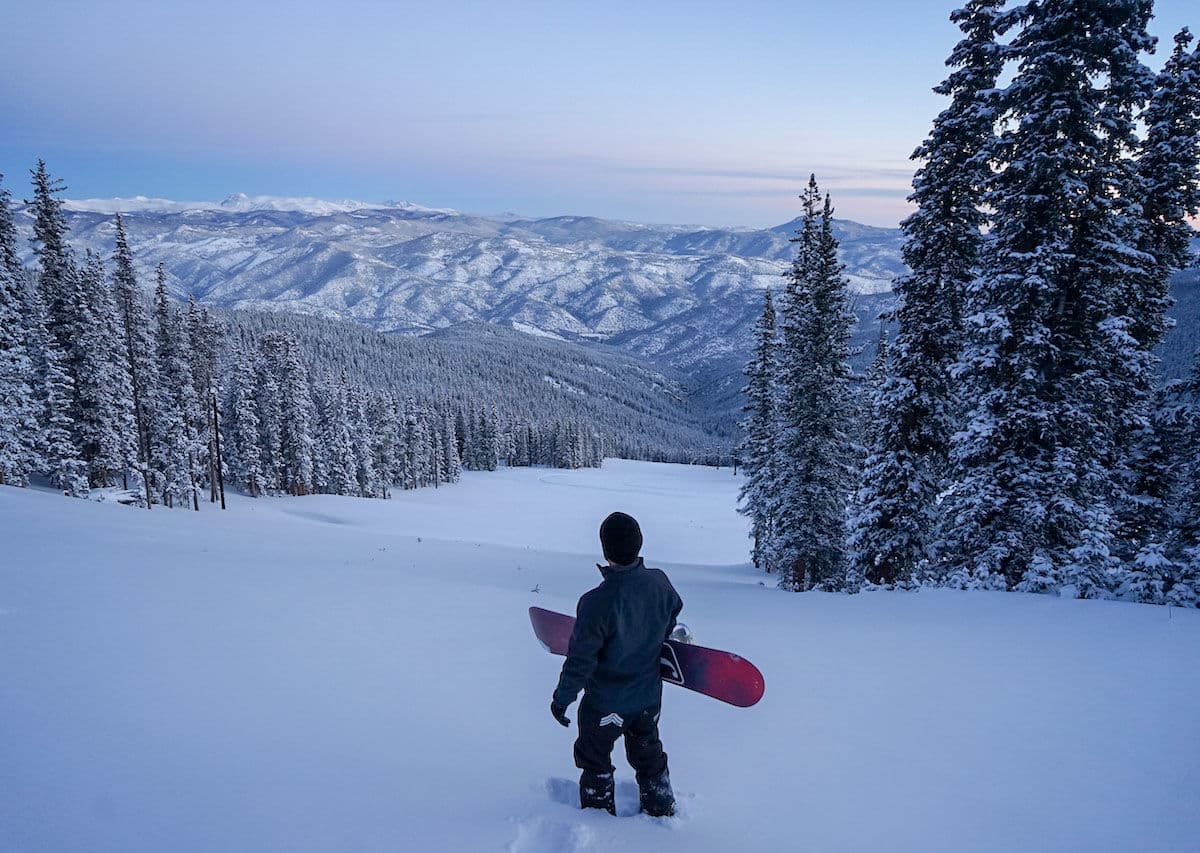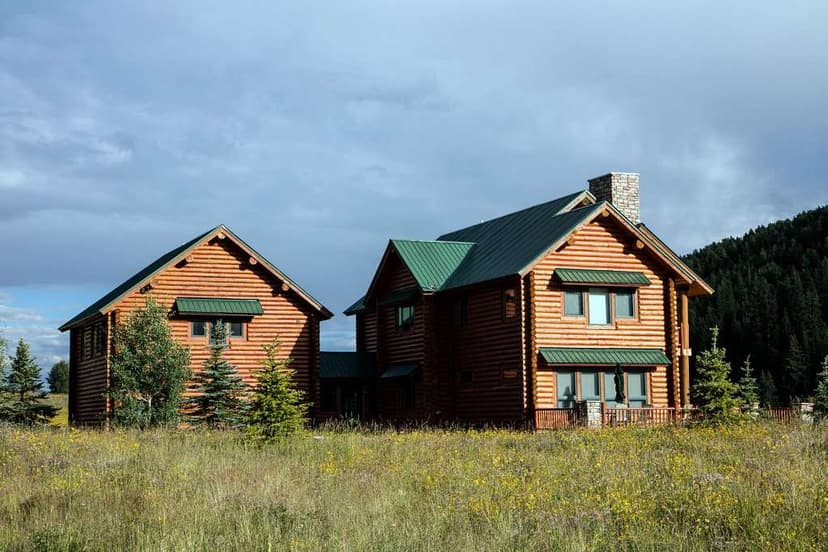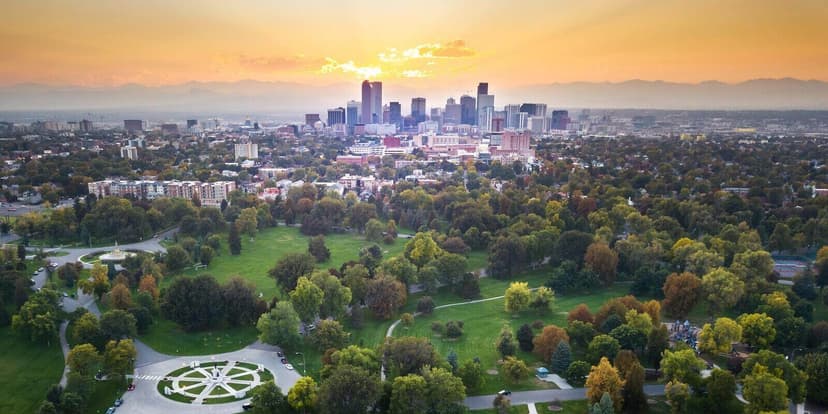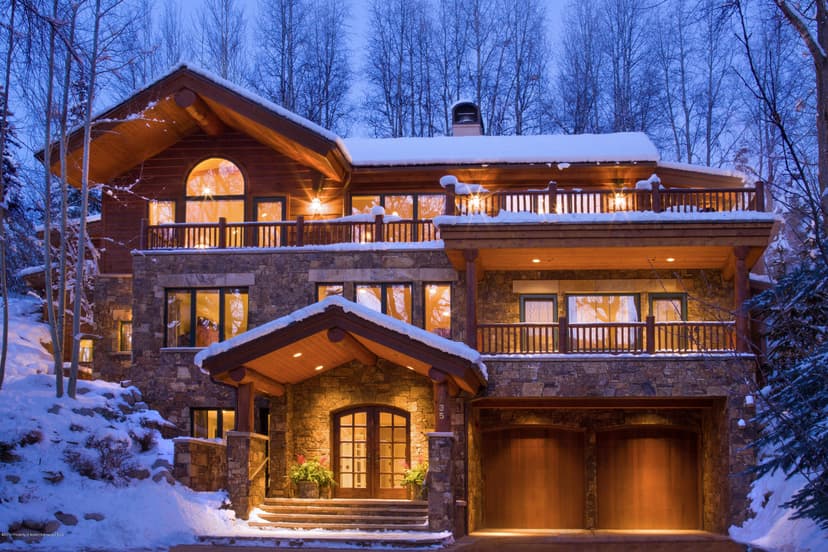Insurance Isn't What It Used to Be
Ten years ago, getting homeowners insurance for a mountain property in Colorado was straightforward. Not anymore. Between wildfire risks, aging infrastructure, and insurance companies pulling out of certain markets, it's become one of the trickier parts of buying mountain real estate.
The Wildfire Factor
If your property is in what insurers call the "wildland-urban interface," you might face higher premiums or difficulty finding coverage altogether. This includes most mountain communities in Colorado. Some carriers have completely stopped writing new policies in certain zip codes.
That doesn't mean you can't get insurance—it just means you need to shop carefully and potentially pay more. Properties with good defensible space, metal roofs, and fire-resistant landscaping get better rates. Some insurance companies offer wildfire mitigation discounts if you can document these features.
What Lenders Require
Your mortgage lender will require adequate hazard insurance as a condition of the loan. They want to see dwelling coverage that at least equals your loan amount, though realistically you want enough to fully rebuild if something catastrophic happens.
For properties at higher elevations, you might also need specific coverage for things like snow load damage or ice dams. Standard policies don't always include these, so read the fine print.
The Colorado FAIR Plan Option
Colorado has a FAIR Plan—basically insurance of last resort for properties that can't get coverage in the regular market. It's more expensive and provides more limited coverage than standard policies, but it's better than nothing and satisfies lender requirements.
If you end up needing the FAIR Plan, don't panic. It's a legitimate option, and you can always shop for regular coverage again at renewal time as market conditions change.
Actual Cost Expectations
For a $600,000 mountain home, you might be looking at $2,000-$4,000 annually in insurance premiums, sometimes more depending on specific risk factors. That's roughly double what you'd pay for a similar-value home in suburban Denver.
Higher deductibles can lower your premium. Just make sure you have enough cash reserves to cover the deductible if you need to file a claim—$5,000 or $10,000 deductibles aren't uncommon in mountain properties.
Start Early
Don't wait until two weeks before closing to look for insurance. Start getting quotes when you're under contract. If you run into issues, you'll have time to find solutions rather than scrambling at the last minute.
Also, consider working with an independent insurance agent who specializes in mountain properties. They have relationships with carriers that still write policies in higher-risk areas and can navigate the options more efficiently than you trying to do it yourself online.
Have questions about how insurance costs factor into your overall budget? We can help you map out the full picture before you start shopping.



